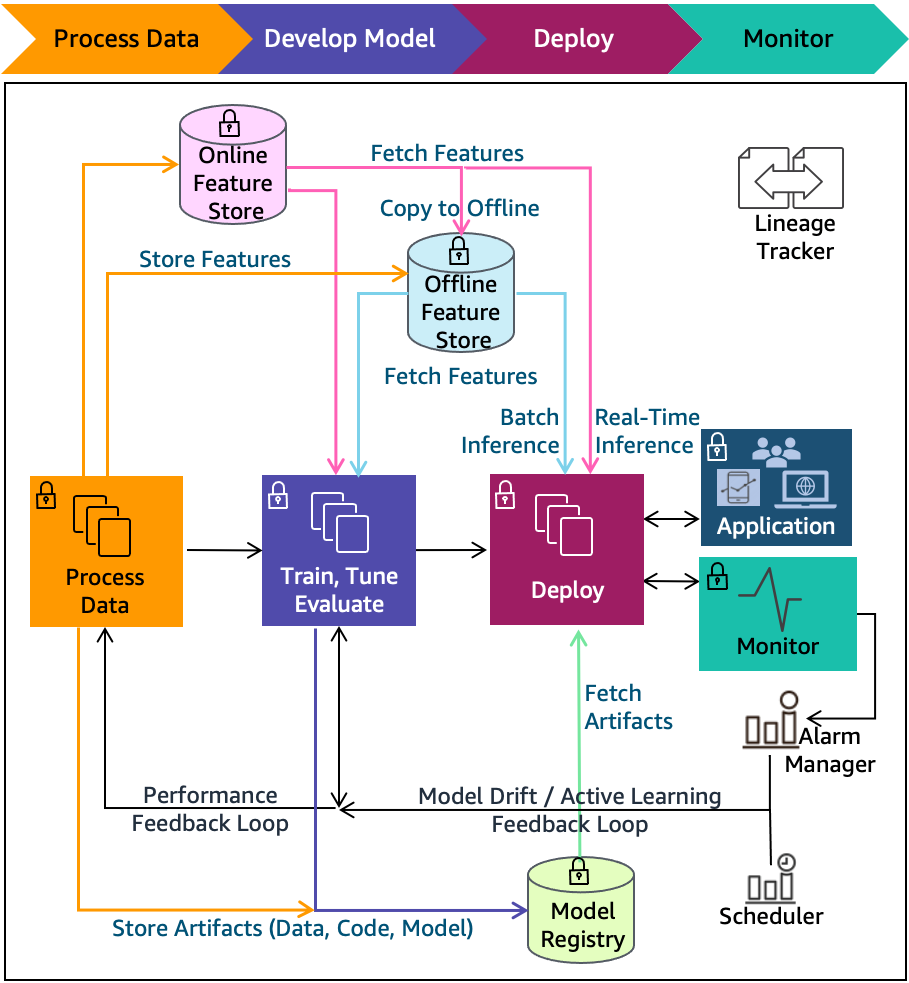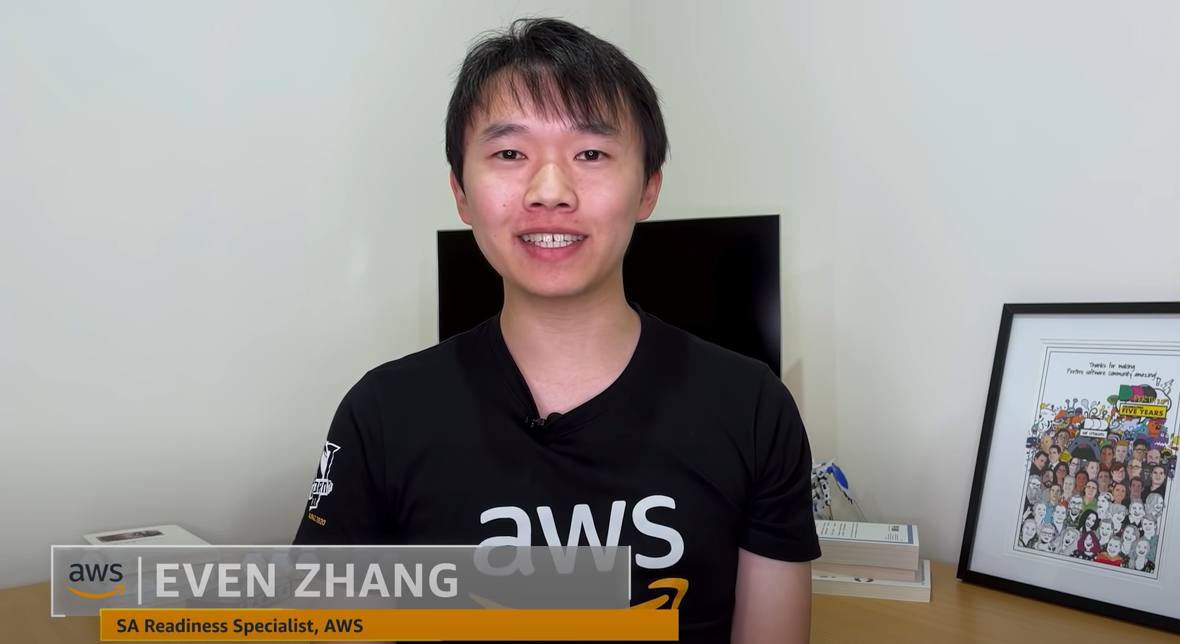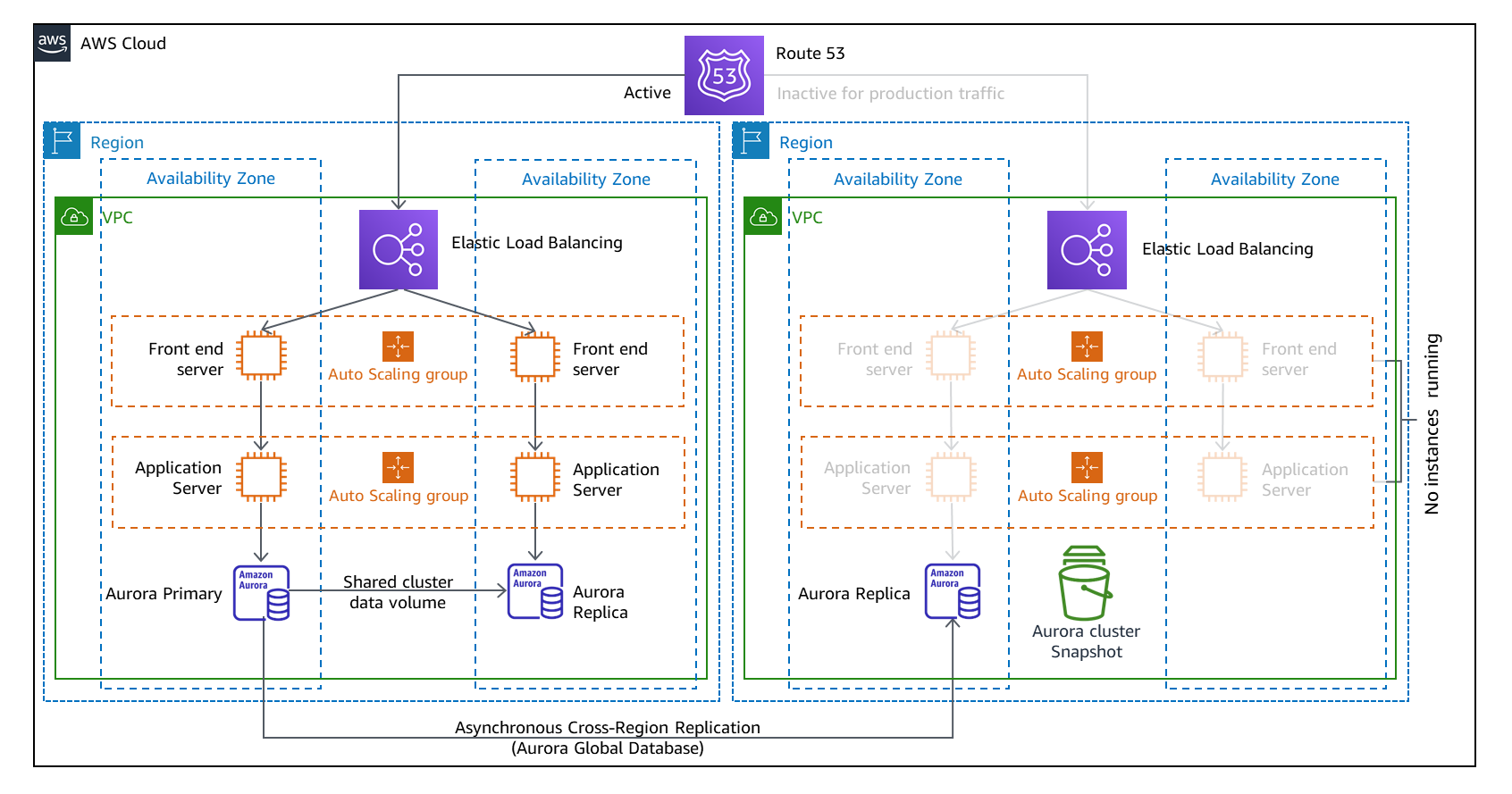Post Syndicated from Ellen Crowley original https://aws.amazon.com/blogs/architecture/top-5-featured-architecture-content-from-december-2021/
The AWS Architecture Center provides new and notable reference architecture diagrams, vetted architecture solutions, AWS Well-Architected best practices, whitepapers, and more. This blog post features some of our best picks from December’s new and updated content.
1. Sustainability Pillar – AWS Well-Architected Framework
This new pillar in the Well-Architected framework helps organizations learn, measure, and improve their workloads using environmental best practices for cloud computing. Did you know that the shared responsibility model also applies to sustainability? You can use the pillar to track your progress against best practices to support sustainability. Your development teams can also use this new pillar and Well-Architected best practices to support many sustainability use cases. These can include reducing the energy or resources required to run workloads and anticipate and adopt new and more efficient technology offerings.
2. Retail Customer Service Contact Center
Increasingly, customers expect to be able to ask questions and get assistance quickly and through various channels. The companies that embrace this the fastest see increases in customer engagement and satisfaction. This reference architecture shows physical and ecommerce retailers how to build a next generation customer contact center. It aims to simplify and transform their customer service channels with natural language processing and automation.
3. Establishing Your Cloud Foundation on AWS
When planning a cloud adoption strategy you are often faced with a number of complex decisions to stand up and scale a production-ready cloud environment. This whitepaper guides you through building and evolving your AWS Cloud environment based on a set of definitions, use cases, guidance, and automations.
4. Hybrid Networking Lens of the Well-Architected Framework
This new lens is intended for those in technology roles, such as chief technology officers (CTOs), architects, developers, and operations team members. It provides AWS best practices and strategies to use when designing hybrid networking architectures. If you’re looking to build hybrid networking architectures to integrate your on-premises data center and AWS operations to support a broad spectrum of use cases, this lens will help set you up for success. It outlines three areas to consider when designing hybrid network connectivity for your workload: data layer, monitoring and configuration management, and security.
5. AWS Virtual Waiting Room
This Solutions Implementation helps buffer incoming user requests to your website during large bursts of traffic. It creates a cloud infrastructure designed to temporarily offload incoming traffic to your website, and it provides options to customize and integrate a virtual waiting room. The waiting room acts as a holding area for visitors to your website and allows traffic to pass through when there is enough capacity.
Looking for more new and updated content from this year? Check out the other posts in the Top 5 series!
Looking for more architecture content? AWS Architecture Center provides reference architecture diagrams, vetted architecture solutions, Well-Architected best practices, patterns, icons, and more!















